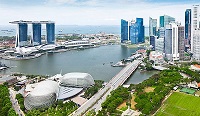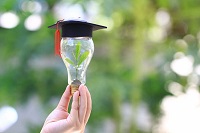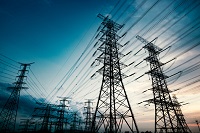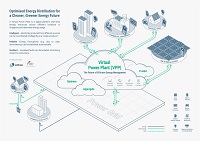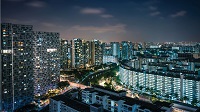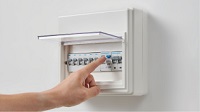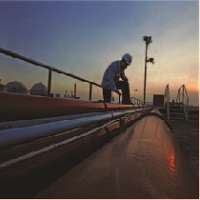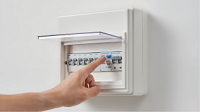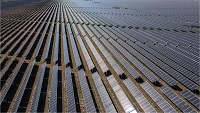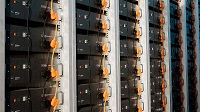Conditional Approvals and Licences awarded in FY2024/2025
Singapore’s limited renewable energy options present challenges for power sector decarbonisation. Despite these constraints, we are making steady progress towards a clean energy future through our Four Switches – Solar, Regional Power Grids, Low-Carbon Alternatives, and Natural Gas. These strategies, along with managing growing energy demand, form our approach to the energy transition.
Advancing Solar Deployment
Solar energy is Singapore’s most promising renewable energy source. In the last five years, our installed solar capacity has more than tripled – from under 0.4 GWp in 2019 to over 1.5 GWp in 2024. In doing so, we achieved our 2025 target of 1.5 GWp a year ahead of schedule. This milestone reinforces Singapore’s position as a leading solar-dense city and puts us on track to achieve our 2030 target of at least 2 GWp.
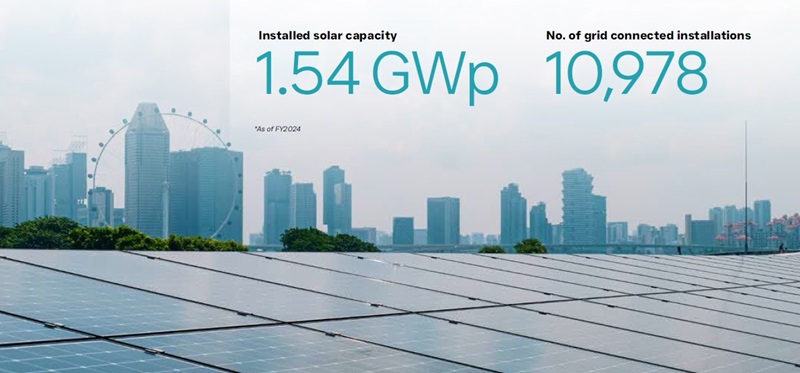
Regional Interconnectivity
Southeast Asia’s abundant renewable energy potential – including hydropower, wind and solar energy – offers opportunities for Singapore to import low-carbon electricity through regional power grids.
Singapore Doubles Power Import Capacity Under LTMS-PIP Phase 2
To better meet Southeast Asia’s growing energy demand, the Lao PDR-Thailand-Malaysia-Singapore Power Integration Project (LTMS-PIP) was enhanced in September 2024. Under phase 2 of the project, the project’s electricity trading capacity doubled from up to 100 MW to a maximum of 200 MW. This is made possible by the introduction of multidirectional power trade with a supply coming from Malaysia. As part of this development, EMA also extended Keppel’s electricity importer licence to 2026.
By creating opportunities for multilateral and multidirectional electricity trading in the region, the enhanced LTMS-PIP will strengthen grid resilience and promote energy integration to meet the region’s rising electricity demand and realise the ASEAN Power Grid vision.
At a Glance: Progress on Electricity Import Projects
We are scaling up our electricity import ambition to support Singapore’s decarbonisation goals. From our initial target of 4 GW, we now aim to import around 6 GW of low-carbon electricity by 2035. EMA has granted Conditional Approvals and Conditional Licences to electricity import projects from Australia, Cambodia, Indonesia and Vietnam.
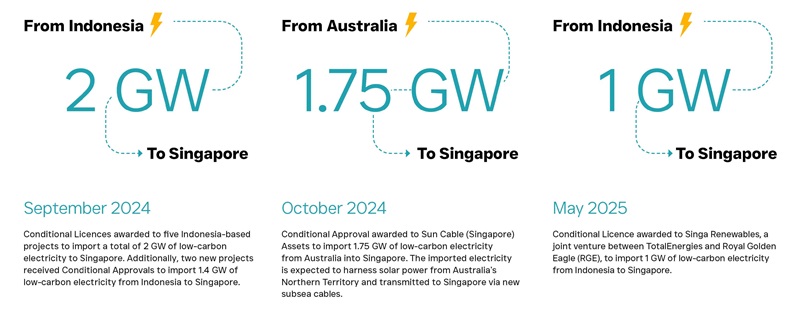
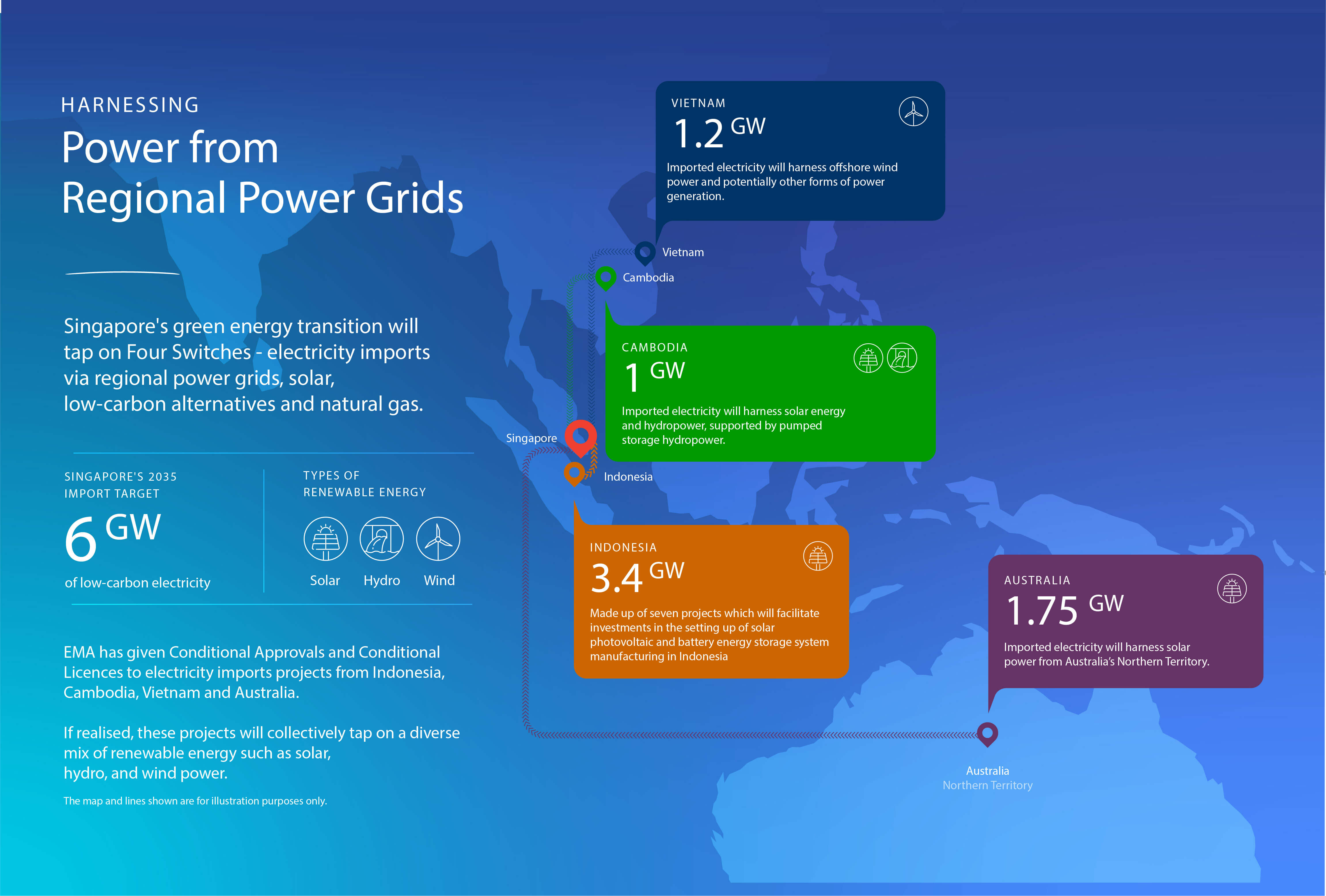
Low-Carbon Alternatives for Longer-Term Decarbonisation
EMA is also exploring a range of emerging low-carbon alternatives to ensure a secure, reliable and sustainable power system in the longer term.
Studying the Viability of Ammonia for Power Generation and Bunkering
Ammonia is currently one of the most technologically ready hydrogen carriers, with an established international supply chain for industrial use. In July 2024, EMA and the Maritime and Port Authority of Singapore shortlisted two consortia to proceed to the next evaluation stage for proposals to provide a low-carbon ammonia solution on Jurong Island for power generation and bunkering.
Power Sector Carbon Capture and Storage (CCS) Grant Call
In October 2024, EMA issued a grant call to co-fund and conduct site-specific carbon capture and storage feasibility studies for the power sector. This initiative will enable EMA and power generation companies to deepen our understanding of power sector CCS pathways and leverage existing natural gas infrastructure to decarbonise the sector.
Building Capabilities in Nuclear Energy
EMA has been building capabilities in nuclear energy over the past decade to study the potential of deploying advanced nuclear technologies in Singapore. We have since formalised civil nuclear energy cooperations and Memorandums of Understanding with countries such as the United States, United Arab Emirates, and France to support scientific research, technical exchanges, and long-term capacity building in Singapore. EMA also recently launched a consultancy study on advanced nuclear fission technologies. The study is part of our efforts to build capabilities to assess the viability of nuclear for Singapore in the longer term.
Studying Singapore’s Deep Geothermal Energy Potential
In April 2024, Singapore launched a consultancy study to assess Singapore’s geothermal energy potential. EMA has commenced the non-invasive geophysical survey activities, which will help us ascertain the viability of this energy source for power generation.
Together, these efforts reflect EMA’s forward-looking approach to explore and prepare for low-carbon energy solutions should they become viable for Singapore.
Powering Through the Transition with Natural Gas
As Singapore advances its clean energy agenda, natural gas continues to play a vital role in our energy landscape. This reliable energy source provides the reliability needed as we scale up our other energy switches.
Establishment of Singapore GasCo
Ensuring a sufficient and diverse natural gas supply is crucial for a stable and secure power system. In April 2025, a milestone was reached with the establishment of Singapore GasCo.
The new entity will centralise the procurement and supply of natural gas to the power sector in Singapore, achieving economies of scale through more favourable gas contracting terms. It will also procure natural gas from diverse sources and secure longer-term gas contracts to provide more stable supply and prices.
Second Liquefied Natural Gas (LNG) Terminal at Jurong Port
We are also expanding our infrastructure to support natural gas imports. At the Singapore International Energy Week 2024, it was announced that the Singapore LNG Corporation will develop a second LNG Terminal at Jurong Port. This new offshore facility will feature a floating storage and regasification unit and will have 5 million tonnes per annum of throughput capacity. The terminal is expected to be completed by this decade.
Harnessing Demand-Side Resources
Harnessing flexible demand-side resources can help ease stress on the power grid during peak periods and enhance overall system resilience.
Enhancements to the Demand Response programme
EMA’s Demand Response programme plays a key role in managing system costs and improving grid efficiency. Between 2023 and mid-2024, the programme delivered over $700 million in savings for electricity buyers in the Singapore Wholesale Electricity Market.
Building on this success, EMA enhanced the programme in October 2024. This included retaining the lower compliance threshold and initial penalty waivers introduced in the 2023-2024 sandbox, as well as allowing businesses with Battery Energy Storage Systems to participate.
As electric vehicle (EV) adoption continues to grow in Singapore, we are exploring innovative ways to integrate EV charging into our demand management strategy. Our partnership with ComfortDelGro (CDG) will test the potential of flexible charging speeds across their network of charging stations. This regulatory sandbox will explore how CDG’s network of over 1,000 charging stations can adjust charging speeds to reduce electricity demand during peak periods, helping to better balance electricity demand and supply.
